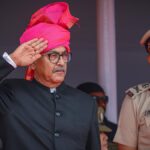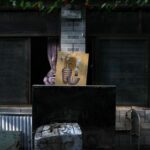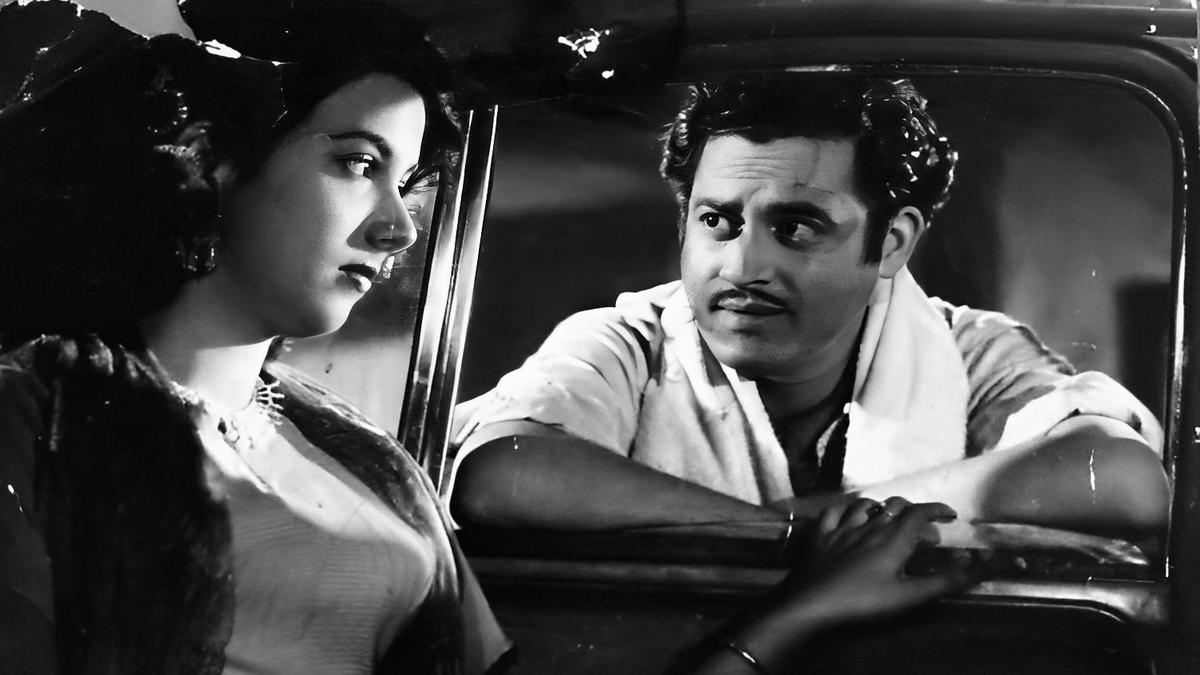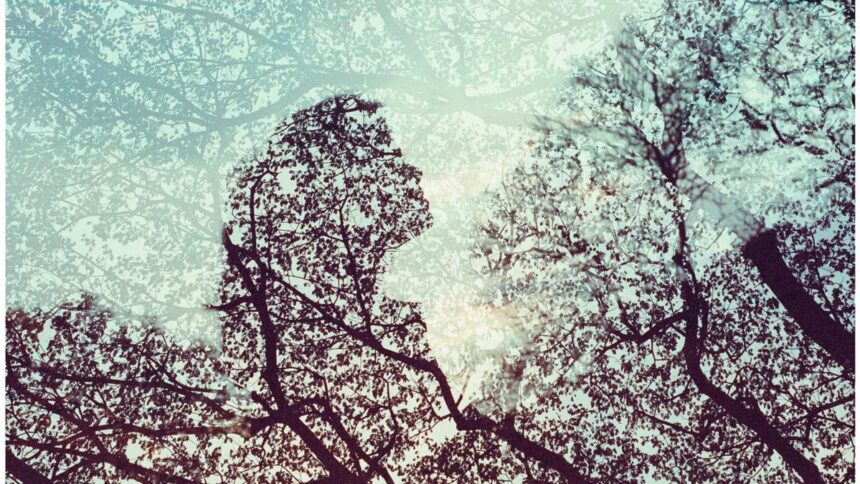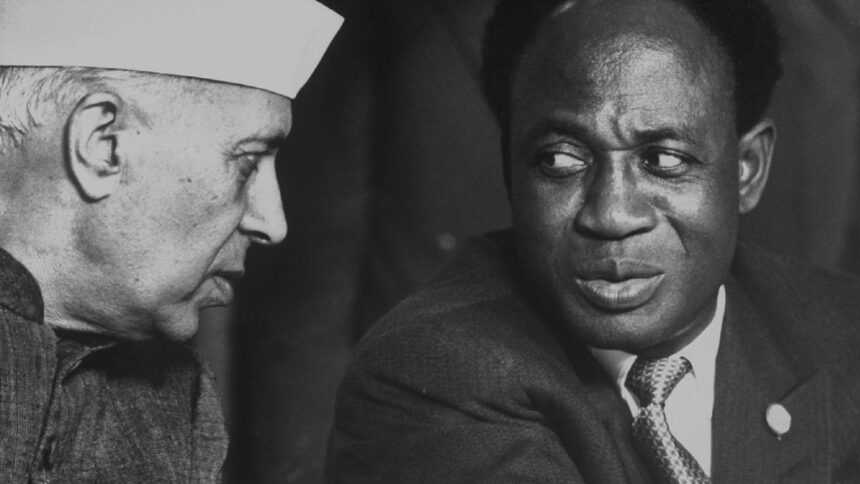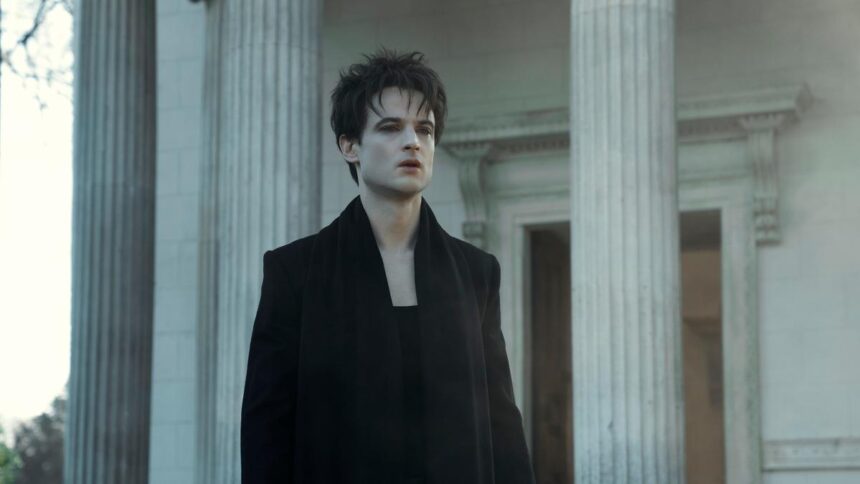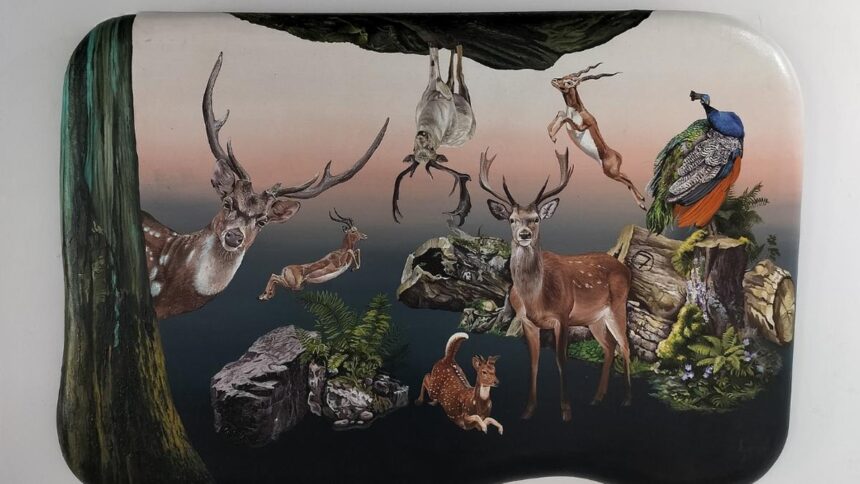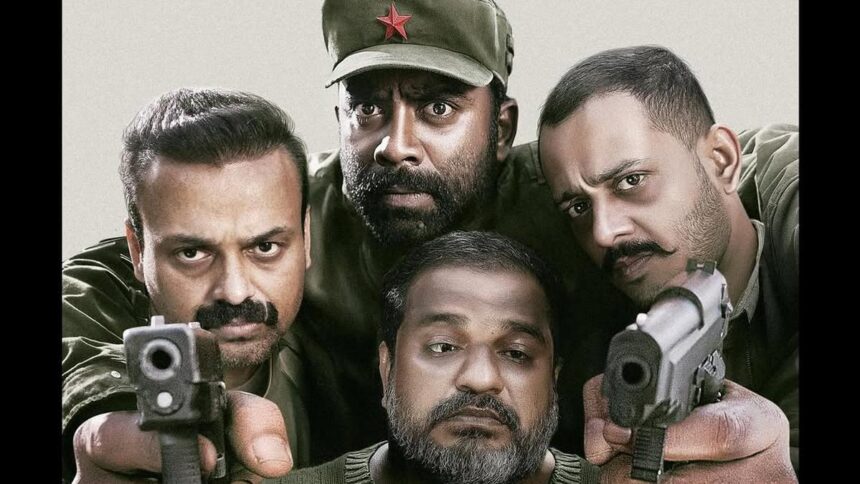Guru Dutt, one of Indian cinema’s greatest artists, would have been 100 today (July 9). The famously troubled and sensitive maverick behind Pyaasa, Kaagaz Ke Phool and Sahib Bibi Aur Ghulam, Dutt crafted sublime cinematic worlds steeped in longing and lyricism. While many of his films reflected a melancholic worldview, shaped in part by his own tragic life, Dutt’s filmography embodied a range of styles, tones and emotional textures. In a short but remarkable directorial career, he experimented with genre and form, distilling a range of cinematic techniques through his uniquely poetic vision.

Dutt was born Vasanth Kumar Shivashankar Padukone in 1925 in Bangalore, but grew up in Calcutta. As a young man, he trained at Uday Shankar’s dance academy in Almora before beginning his film career as a choreographer with Prabhat Film Company. His directorial breakthrough came with Baazi (1951), starring Dev Anand. Dutt went on to direct several acclaimed films such as Aar-Paar (1954), Mr. & Mrs. ’55 (1955), and Pyaasa (1957). His magnum opus, Kaagaz Ke Phool (1959), a classic to modern eyes, bombed at the box office, mirroring the fate of its disillusioned protagonist. Dutt continued to produce and act in films but never directed again. He was found dead in his Mumbai home on October 10, 1964, aged 39.
One of Dutt’s greatest gifts was his use of music and song choreography, ranging frome playful to the lonesome. He was married to legendary playback singer Geeta Dutt, and their personal and creative partnership brought forth many iconic moments in Hindi cinema. Songs like ‘Waqt Ne Kiya’, ‘Babuji dheere chalna’ and ‘Jaane Kya Tune Kahi” remain standards of the era. Dutt collaborated with the leading composers of his time — S.D. Burman, Hemant Kumar — and, in discovering and giving wing to OP Nayyar, found a match for the formal mischief of his early work.
On Dutt’s centenary, here are some of his most enduring and evocative songs to celebrate with..
Tadbeer Se Bigdi Hui Taqdeer Bana Le (Baazi, 1951)
Baazi, Dutt’s directorial debut, bequeathed Bombay noir. The genre’s interplay of light and shade—perfect for that city of chancers and chances—runs through this classic song. Voiced by Geeta Dutt and picturised on Geeta Bali and Dev Anand in a downstairs gambling den, the song, with its playful exhortations and charming composition, has resonated down the ages.
Babuji Dheere Chalna (Aar-Paar, 1954)
A noir-shaded comedy, and his second starring film, Aar-Paar featured Guru Dutt as a raffish, penniless taxi driver caught in a web of crime and romance. One of those ageless earworms, Babuji Dheere Chalna had a lovely teasing quality that informed the Geeta–O.P. Nayyar sound. While Nayyar adapted the tune from the Spanish-language Quizás, Quizás, Quizás, the song’s suggestive moodiness is entirely its own.

Sun Sun Sun Zalima (Aar-Paar, 1954):
In this alliterative Rafi-Geeta Dutt duet, Kalu (Guru Dutt) is desperately trying to woo his employer’s daughter, Nikki (Shyama). Composed by OP Nayyar, the song unfolds in a garage, where the duo flirt, spar and prance back and forth — a sequence that we’d later see play out in countless Bollywood romantic comedies.
Preetam Aan Milo (Mr. & Mrs. 55, 1955)
It’s a classic airport scene. Anita (Madhubala) is racing to catch a glimpse of Preetam (Guru Dutt), who’s set to fly off. Hurt, betrayal, longing hang heavy in the air. The flight takes off; Anita has just missed him. As she stands there, heart-broken, Geeta Dutt’s achingly beautiful vocals take over. Originally a popular non-film track, composed by OP Nayyar and sung by CH Atma, it was reproduced for the film in Geeta Dutt’s voice.
Jaane Kya Tune Kahi (Pyaasa, 1957)
Composed by SD Burman, with lyrics by Sahir Ludhianvi, the song was sung by Geeta Dutt. Waheeda Rehman traipses around a moonlit city at midnight, and an enchanted Guru Dutt follows her around. There’s a hint of intrigue, some restraint and an undeniable spark. Jaane Kya… is one of the more sprightly musical sequences from Pyaasa.
Jaane Woh Kaise Log The (Pyaasa, 1957)
Perhaps this is the most enduring image of Vijay, the disillusioned poet, from Pyaasa. An anthem of the broken-hearted, the track remains iconic for SD Burman’s delicate piano notes, Hemant Kumar’s haunting vocals and Sahir Ludhianvi’s rueful lyrics. Interestingly, a bit of the song is inspired by the second line of the national anthem of India. According to the book, S. D. Burman: The Prince-Musician by Anirudha Bhattacharjee and Balaji Vittal, the tune of the line “Humne toh jab khushiya maangi” borrows subtly from the line “Punjab Sindh Gujarat Maratha Dravid Utkal Banga” of the national anthem.
Waqt Ne Kiya Kya Haseen Sitam (Kaagaz Ke Phool, 1959)
A tragic, soulful lament, the song tugs at the bruised heart of Kaagaz Ke Phool. Penned by Kaifi Azmi and composed by SD Burman, it crystallised the lush, doomed romanticism that was Dutt’s emotional signature. The regret and longing in the lyrics is complemented by VK Murthy’s wondrous black-and-white photography and unforgettable lighting tricks.
Na Jao Saiyan Chhuda Ke Baiyan (Sahib Bibi Aur Ghulam, 1962)
Composed by Hemant Kumar and sung by Geeta Dutt, this is a tipsy ballad of love and longing featuring Meena Kumari as the indomitable Chhoti bahu. Chhoti bahu is married to Chhote saheb (Rehman), a 19th century zamindar in Bengal, whose life revolves around drinking and debauchery. In her attempts at winning her husband’s love, Chhoti bahu, too, turns to alcohol. Here, she implores her husband to not leave, or she’ll break down.
Published – July 09, 2025 10:36 am IST



